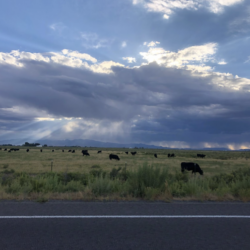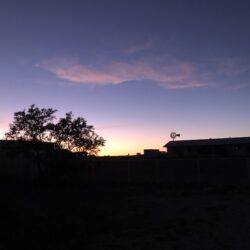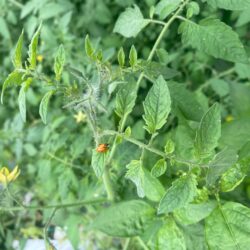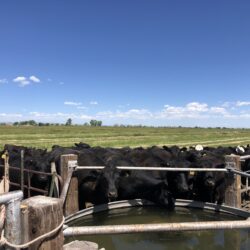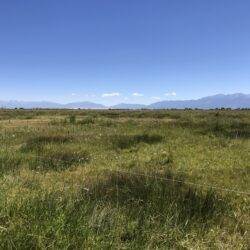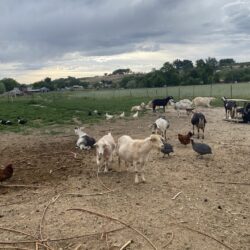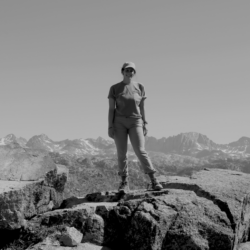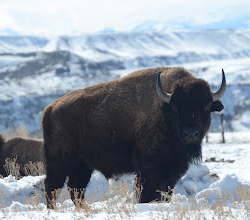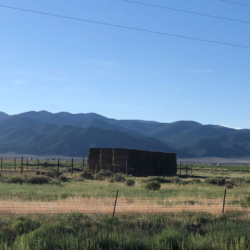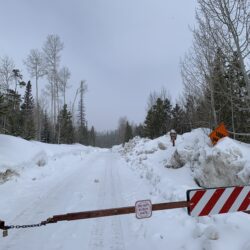Reflecting On a Summer in the San Luis Valley – Kathleen Voight
During the several months of interviews I conducted, I met with ranchers in work trucks, in hay barns, and in farm shops. I accompanied ranchers setting up fence, moving cattle, hauling round bales, checking sprinklers, and packing plant samples. We chatted over kitchen tables and on back porches, sharing meals and sharing stories. In addition Read more about Reflecting On a Summer in the San Luis Valley – Kathleen Voight[…]

